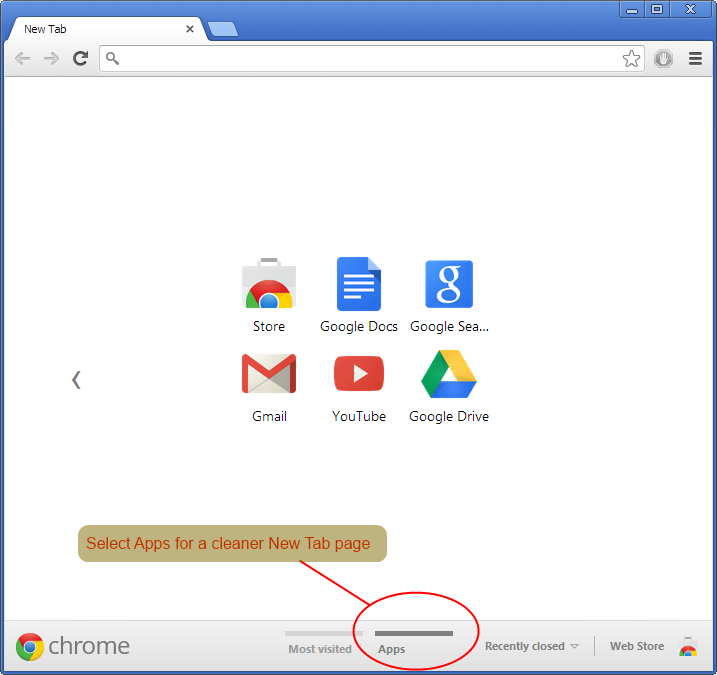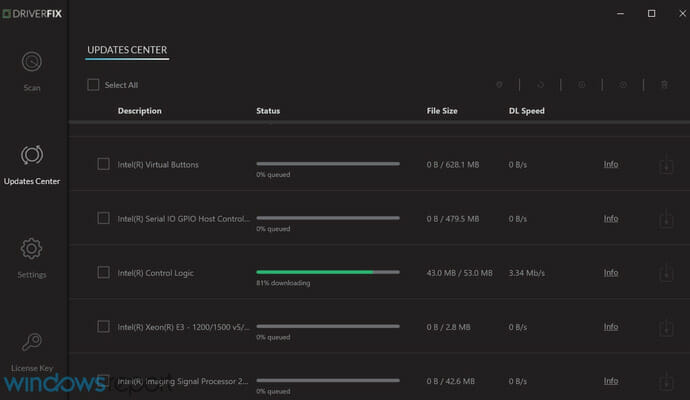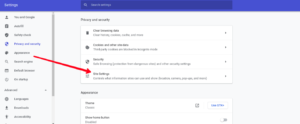
Anything typed into the software’s surface gets saved locally only and comes back up in every new tab you open, even after a restart. I use Papier for things like jotting down quick bits of info from a call, pasting over paragraphs I want to reference later, and storing outlines I’m only going to need for a short while (like talking points for my weekly podcast). Papier turns your New Tab page into a private, personal notepad. Within a second, it’s there-just a plain, blank page, waiting to hold whatever thoughts are spilling out of my head. Instead, it’s a lightning-fast scratch pad I can pull up at a second’s notice simply by hitting Ctrl-N from anywhere in my browser. It doesn’t involve collaboration, cloud syncing, or any other especially fancy features. I’ve got more note-taking tools than I know what to do with, but you know which one I rely on the most? It’s a dead-simple Chrome extension called Papier. See which suits you best, and get ready to see your browser’s default starting screen in a whole new light.

With a couple minutes of work, though, you can transform that underwhelming space into a personalized launching pad that’ll make your days meaningfully easier. I sought out some of the most interesting and helpful New Tab page replacement tools-simple pieces of software that add significant function into that oft-opened area and make it indispensable. The entire page is basically just a big Google logo, a redundant (and fake) search box, and a collection of links to websites you’ve recently visited.


But fine is about the nicest word you can use to describe it. Don’t get me wrong: Chrome’s New Tab page is fine.


 0 kommentar(er)
0 kommentar(er)
